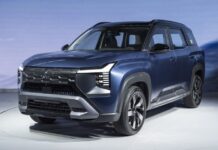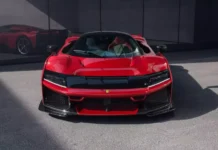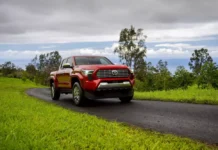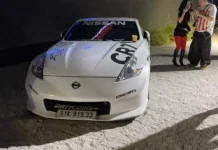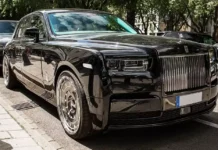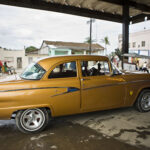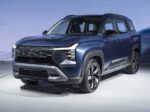Chinese Cars are Gaining Popularity in Cuba
In the past, Cuba was well-known for its streets filled with vintage American cars that were manufactured before 1960. This was due to the Cuban government’s ban on purchasing new cars produced after 1960. As a result, Pontiacs, Buicks, Chevrolets, and Cadillacs became synonymous with the lives of the Cuban people. Additionally, the relationship between the Communist Party of Cuba and the former Soviet Union led to a significant presence of Lada cars from Russia on the streets. The number of Lada cars from the 1970s and 1980s even surpassed that of vintage American cars.
Recently, US President Barack Obama announced the normalization of relations with Cuba. This decision will gradually lead to an influx of US products into the Cuban market. However, in terms of the automotive industry, no other country’s car brand has entered the Cuban market earlier than China.
In January 2014, the Cuban government lifted the ban on purchasing new cars produced after 1960. However, Cuban citizens faced limited options when buying cars as European and American cars were too expensive. Consequently, Chinese and Korean cars with relatively lower prices gained a significant advantage in Cuba.
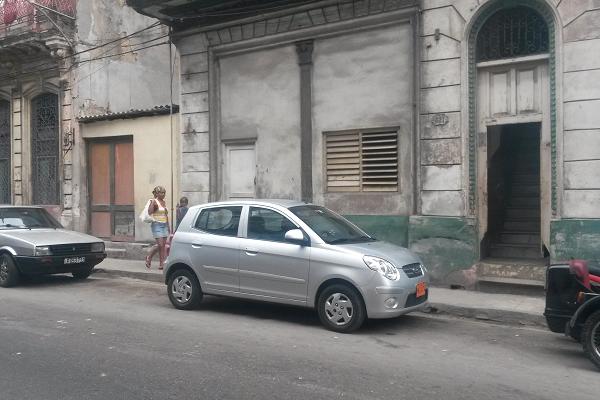
A new car on the streets of Cuba.
Presently, the people of Havana are becoming accustomed to the presence of new cars from Asia, such as the Geely CK from China or Kia produced by Korea. According to the Global Times website, approximately 10,000 Geely cars have arrived in Cuba as state officials were permitted to import cars prior to the lifting of the ban. Moreover, the number of imported Kia, Peugeot, and other brands in Cuba only accounts for half the sales volume of Geely cars in Havana.
Affordability Remains an Issue
Despite being renowned for their affordability, Asian cars still remain out of reach for many ordinary Cubans. Due to the significantly low exchange rate between the Peso and the USD, new cars, which are extremely cheap in other parts of the world, remain expensive in Cuba. For instance, a new car valued at approximately 20,000 Peso in the US or Europe could be sold for around 80,000 Peso in Cuba.
“New cars are very expensive and unaffordable for many people. Goods trade in Cuba is heavily taxed,” affirmed Diego Moya-Ocampos, a Cuba analyst at the research firm HIS. “The Cuban government aims to invest in public transportation using revenue generated from the automotive industry. 75% of the revenue and taxes from cars will be invested in public transportation. This is why cars in Cuba are costly.”
Therefore, it comes as no surprise that Reuters reported that only 50 cars and 4 motorcycles found new owners in Cuba during the first six months of 2014. Additionally, there are only 11 car dealerships in the entire country, with 4 of them being located in the capital city of Havana.
Vintage American Cars Continue to Hold Their Ground
Mauricio Alonso, a small business owner in Cuba, stated that the “Cold War between Cuba and the US has finally come to an end.” However, that doesn’t mean the end of the era of vintage American cars in Cuba.
“Some vintage cars are still used as taxis in Cuba. They pose certain safety risks and contribute to environmental pollution. The Cuban government aims to have taxis in Cuba meet higher safety and emission standards. Nevertheless, it requires time and money to replace the vintage cars. Many vintage cars remain intact and continue to attract tourists,” explained Alonso.


